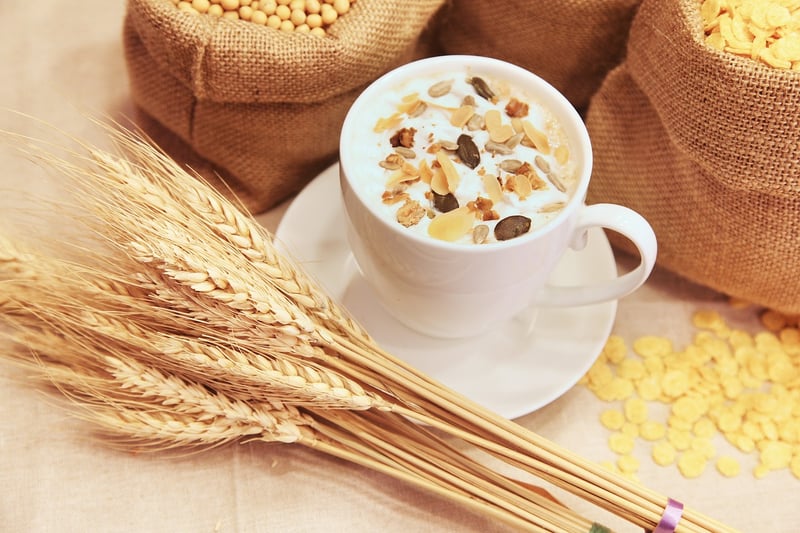Texture Contrasts
The Art of Culinary Innovation: Mastering Texture Contrasts
When it comes to creating memorable dining experiences, chefs around the world are constantly pushing the boundaries of culinary creativity. One of the key elements that can elevate a dish from good to extraordinary is the skillful incorporation of texture contrasts. By combining different textures in a single dish, chefs can create a symphony of sensations that delight the palate and leave a lasting impression on diners.
The Role of Texture in Gastronomy
Texture plays a crucial role in the overall dining experience. It adds another dimension to the sensory journey of eating, complementing flavors and aromas with tactile sensations. A well-executed contrast in textures can awaken the taste buds and make each bite exciting and satisfying.
Exploring Texture Contrasts
There are endless possibilities when it comes to playing with texture in culinary creations. Some popular examples include:
- Crunchy and Creamy: The classic combination of a crispy element with a smooth, creamy component never fails to please. Think of a crunchy crouton atop a velvety soup.
- Soft and Crispy: Contrast a tender, soft ingredient with a crispy or crunchy counterpart for a delightful textural experience.
- Chewy and Tender: Pairing something chewy with a tender element can create an interesting mouthfeel that keeps diners intrigued.
Techniques for Achieving Texture Contrasts
There are several techniques that chefs use to achieve texture contrasts in their dishes:
- Frying: Frying can transform the texture of ingredients, turning them crispy and adding depth to the dish.
- Sous Vide: This precise cooking technique ensures that ingredients retain their tenderness while offering a contrast to other elements.
- Dehydration: Removing moisture from certain ingredients can create unique textures like crunchy chips or chewy fruit leather.
Embracing Innovation in the Kitchen
With the ever-evolving culinary landscape, chefs are constantly experimenting with new ingredients, techniques, and presentations to surprise and delight diners. The art of texture contrasts is just one of the many ways in which culinary artists showcase their innovation and skill.
So, the next time you sit down for a meal, pay attention to the textures on your plate. You might just discover a whole new world of sensory delight waiting to be explored!

Image source: Pixabay
